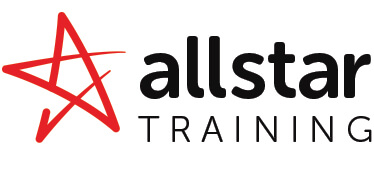Respiratory Protective Equipment (RPE)
Why should I wear a mask…?
It is essential that you are provided with RPE if you are undertaking work or activities which may result in harmful substances contaminating the air around you. This could be caused from a number of different forms, such as dust from cutting a material like stone, concrete or wood. Liquids containing volatile solvents can produce a mist or gas or handling dusty powders that give off harmful fumes. RPE may also be needed if work is undertaken in confined spaces or where oxygen levels are low. RPE is designed to protect workers from these hazards and the protection provided must be adequate and suitable.
The law requires employers to prevent or control the exposure of employees and others (e.g. subcontractors) to hazardous substances at work. Before using RPE, exposure should be controlled by other measures (such as local exhaust ventilation), which are reasonably practicable. In other words, RPE should only be used as a last choice of protection when working with hazardous substances such as gases, solvents, powered chemicals, mists and sprays or entering a confined space.
And why do I need a test on how to wear it correctly…?
Any RPE will not protect the wearer if it leaks. A poorly fitting mask can be the main cause of a leak. In order to be sure that the selected mask is appropriate, each user should have a Face Fit Test for every type of mask they use. As people come in all sorts of shapes and sizes it is unlikely that one particular type or size of RPE facepiece will fit everyone. Fit testing will help ensure that the equipment selected is suitable for the wearer.
Our appropriately trained, qualified and experienced assessor can offer Qualitative Face Fit Testing for each employee and each facepiece they use.
What are the requirements regarding facial hair…?
Many masks rely on a good seal against the face so that when you breathe air in, it is drawn into the filter material where the air is cleaned. If there are any gaps around the edges of the mask, ‘dirty’ air will pass through these gaps and into your lungs. It is therefore very important that you put your mask on correctly and check for a good fit every time.
If you are clean-shaven when wearing tight-fitting masks (i.e. those which rely on a good seal to the face), this will help prevent leakage of contaminated air around the edges of the mask and into your lungs. You will therefore be breathing in clean air, which will help you stay healthy.
Facial hair i.e. stubble and beards, can make it impossible to get a good seal of the mask to the face. If there are good reasons for having a beard (perhaps for religious reasons), alternative forms of RPE, that do not rely on a tight fit to the face, are available.
‘Contains public sector information published by the Health and Safety Executive and licensed under the Open Government Licence’.

